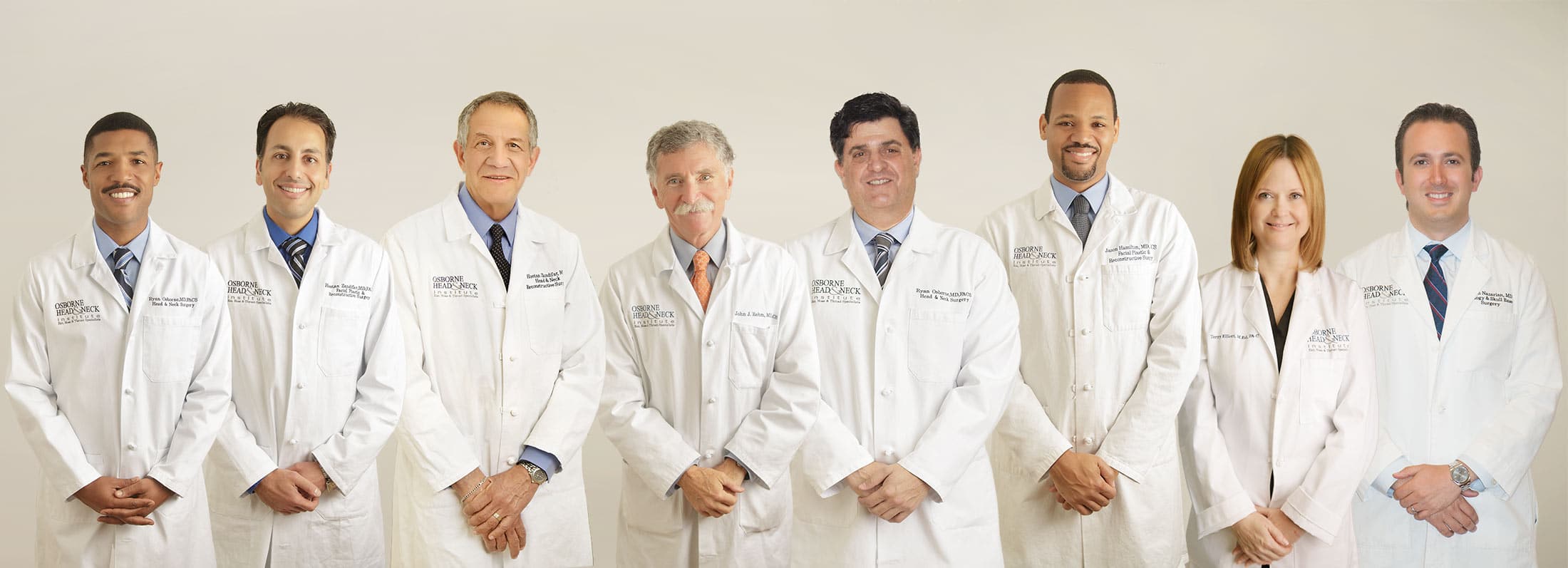Surfer’s ear, also known as exostosis, is an abnormal growth of bone inside the ear canal. In its advanced stages, the exostoses can severely narrow the ear canal and cause trapping of water and wax, which can lead to infections and hearing loss. It is called Surfer’s Ear because the most common risk factor is chronic exposure to cold water.

Surfer’s ears take years to form, and occurs with chronic exposure to cold water or air. It is common in swimmers and surfers who dip their ears in cold water, but it can also occur in patients who have a long history of ear exposure in other cold, windy, and wet conditions such as sailing, skiing, and windsurfing.
Is there medication to treat Surfer’s Ear?
Definitive treatment of exostosis is surgery, which removes the bony growths and restores the original shape of the ear canal, allowing for normal hearing. However, in the early stages, progression is slowed by stopping exposure to the cold with customized earplugs. Regular cleaning by an otologist allows monitoring of the exostoses. The decision can then be made to proceed to surgery when conservative management has failed.
What does surgical treatment involve?
Surgery is performed when exostoses interfere with quality of life. This occurs because the bony growths result in wax accumulation, requiring frequent cleanings by an otologist. The exostoses can also result in more ear infections, interfering with quality of life and the ability to engage in water activities. With time, the exostoses can become large enough to cause hearing loss.
Many methods may be used to remove exostoses. Most of the techniques involve the use of an operating microscope and a small incision inside the ear canal. Although it is more complex, approaching from inside the canal results in a better cosmetic result. At Osborne Head and Neck Institute, this approach may be employed to facilitate faster healing and return to water activities.

Microscopic ear instruments are used to remove the excess bone in the canal. Once the bone is removed, the lining is restored and packing is placed to secure the repair. The only incisions are in the ear canal and healing will occur over the next 2-4 weeks, at which point patients may return to their water activities. Earlier return may occur in those who are healing well.


